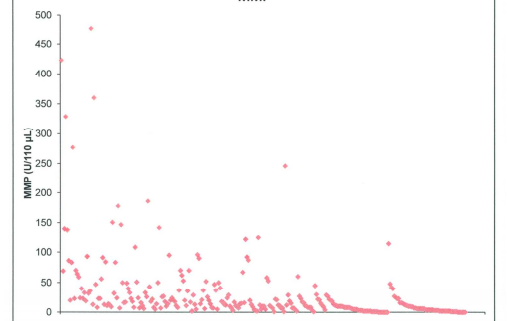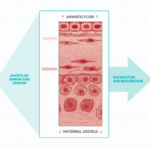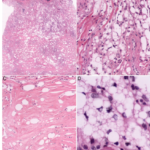
Defining a New Diagnostic Assessment Parameter for Wound Care
Abstract: Abstract It is widely accepted that elevated protease activity (EPA) in chronic wounds impedes healing. However, little progress has occurred in quantifying the level of protease activity that is detrimental for healing. The aim of this study was to determine the relationship between inflammatory protease activity and wound healing status, and to establish the level of EPA above which human neutrophil elastase (HNE) and matrix metalloproteases (MMP) activities correlate with non-healing wounds. Chronic wound swab samples (n=290) were collected from 4 wound centers across the USA to measure HNE and MMP activity. Healing status was determined according to percentage reduction in wound area over the previous 2-4 weeks; this was available for 211 wounds. Association between protease activity and non-healing wounds was determined by receiver operating characteristic analysis (ROC), a statistical technique used for visualizing and analyzing the performance of diagnostic tests. ROC analysis showed that area under the curve (AUC) for HNE were 0·69 for all wounds and 0·78 for wounds with the most reliable wound trajectory information, respectively. For MMP, the corresponding AUC values were 0·70 and 0·82. Analysis suggested that chronic wounds having values of HNE >5 and/or MMP ≥13, should be considered wound healing impaired. EPA is indicative of non-healing wounds. Use of a diagnostic test to detect EPA in clinical practice could enable clinicians to identify wounds that are non-healing, thus enabling targeted treatment with protease modulating therapies.
Defining-a-New-Diagnostic-Assessment-Parameter-for-Wound-Care


